What can you do on a short break in Iceland?
Links on Head for Points may support the site by paying a commission. See here for all partner links.
Rob reviewed the Reykjavik Konsulat Hotel today (click here) and we thought it would be interesting to show you what we did during our short Iceland stay.
We rarely do tourist pieces on HfP but, whilst Iceland is a relatively short flight from the UK, I’ve found that many people struggle to name any tourist attractions except for, possibly, the Blue Lagoon.
We went to Iceland during half term in February and could only carve out five days for the trip. I had been to Iceland 23 years ago for a two-week camping holiday in summer so I knew that the country has a lot to offer.
Given the time constraints we wanted to focus on the ‘Golden Circle’ and the south coast. This is a well trodden route which starts and ends in Reykjavik.
As driving in the Icelandic winter can be tricky due to high winds and snow, despite the empty roads, we booked a three-day tour with Trӧll Expeditions. We had a driver-guide and were a group of roughly 20 passengers with a mix of nationalities (Danish, Chinese, Taiwanese and us). The trip covered about 250 miles in three days.
We arrived in Reykjavik before lunchtime. The city centre is very attractive, with traditional nordic wooden houses and lots of independent shops where you can’t escape scratchy woolen Icelandic jumpers in all colours and patterns.
The ultra modern cathedral, image above (PR photo), is a must-see in the town centre.
Our tour started off early the next morning. At just about sunrise (which is mid morning in February!) we reached Thingvellir National Park – the site of Iceland’s first parliament.
The site provides far-reaching views over some woodland and a huge frozen lake. The key fact here to impress your kids with is that it is where the North American and Eurasian tectonic plates meet. You are walking along the joint.
The next stop along the Golden Circle route is the geothermal area around the Strokkur geyser. It erupts every 10 minutes or so, producing a lot of steam in the process.
It’s worth noting that Iceland is very good at commercialising its key tourist spots, and you will almost always find a well stocked cafe, restaurant, toilets and gift shop alongside the parking spaces at the sites we mention.
We had an encounter with the resilient Iceland horses. I remember riding one of these on my trip 23 years ago – Iceland horses have a special trott called Tӧllt, which bounces you up and down making breathing rather difficult!
Here is the magnificent Gulfoss. Many Icelandic waterfalls freeze entirely over in winter but Gulfoss keeps flowing.
Here is a shot taken at a rest stop with a view up to the glacier – a very typical Icelandic sight on our trip.
Iceland has plenty of waterfalls. Shortly before sunset on the first day we visited the famous Skόgafoss on the south coast:
Accomodation on night one was near the village of Vik in a v-e-r-y basic guesthouse – nothing that would warrant a HfP review!
The next morning we had a very early start to reach the Sόhleimajӧkull glacier at sunrise for a 2.5 hour hike – crampons and ice axes provided.
Here you see the glacier in the distance.
This is the toe of the glacier. It had no lagoon and does not melt in winter. We entered via a ridge on the side, not pictured.
This is the view on the top of the glacier. You need a guide here as snow can hide deep crevasses in the ice.
Unlike other glaciers I have been on in New Zealand and the Alps, the Icelandic glaciers have a very smooth surface.
The next stop on our second day was the famous Reynisfjӧra black sand beach. The basalt formations were created when lava met the Atlantic ocean.
The entire beach is covered in ‘black lentils’.
The waves on this beach are ferocious and visitors are advised to keep a safe distance. Every 15th or so wave is an extra large one and, according to our guide, claims the lives of a few tourists every year.
During our trip we made a few brief stops along the route, i.e. at the snow-covered Katla Geopark lava field. Most of these sites have information boards providing background and photos to explain the landscape.
The Skeiðarársandur site shows the steel remnants of the original bridge going over this area. It was destroyed in the last volcanic eruption in this part of Iceland in 1996.
Our overnight stay for the second night was a hotel in Hӧfn, the lobster capital of Iceland. There was no lobster for us though as we arrived very late and were shattered after the glacier hike and long day.
We left Hӧfn early the next morning and after one hour drive reached Jӧkulsάrlόn – an utterly stunning glacier lagoon. Here we could observe seals swimming and diving between these giant icebergs.
The icebergs are drifting slowly towards the Atlantic …..
…. where the waves push them back on to the beach. There they lie sparkly and translucent until they melt, hence the name ‘Diamond Beach‘.
The beach is littered with ice ‘diamonds’ of all shapes and sizes – a mesmerizing sight!
Next came the highlight of our trip. A short hike across the Vatnajӧkull ice cap leads to the Blue Ice Cave. The entrance was rather unassuming.
…. but the inside is breathtaking. It is dark in places due to volcanic ash buried into the ice but where daylight breaks through it becomes turquoise blue.
The cave winds its way for approximately 50 metres through the glacier. This one is open for visitors from September until May. You can only go on a guided tour and need to be driven a few miles in a 4×4 to the foot of the glacier.
The natural light effects were hugely impressive:
The cave is open in some places exposing what looks like a frozen ocean wave.
Another ice formation where we could safely climb around:
At the end of our final day we visited Seljalandfoss at sunset – another stunning waterfall:
We arrived back into Reykjavik, for our second stay at the Reykjavik Konsulat Hotel, very late. Following a tip-off from some of our trip companions we ventured out shortly before midnight to the harbour, five minutes walk from the hotel.
It is a good spot to look out for aurora borealis and we were in luck on our last night.
and
Conclusion
Although we spent only three full days in Iceland we made the most of it. There is a lot more to see and do – not least the hot water pools (the Blue Lagoon was closed during our trip due to volcanic activity in the area but there are others) – but this taster was a great winter experience and a totally different sort of European short break. It’s also a 160 tier point route if you fly BA Club Europe and are chasing status!
PS. A few more quick Iceland questions answered for anyone heading there:
- You don’t need cash. We withdrew some in Reykjavik and literally did not spend any of it. Everyone takes cards, even ‘pay to use’ public toilets. Luckily our hotel for the last night was ‘pay on departure’ so we got rid of it all there without paying any fees.
- It uses standard European plugs (perhaps obvious, but worth mentioning).
- As far as mobile phones are concerned, it is treated as part of the Europe zone, at least on all of the networks we use. If you have European roaming included, your phone will work at the standard tariff. Impressively, even up on the glaciers, you get a good signal.


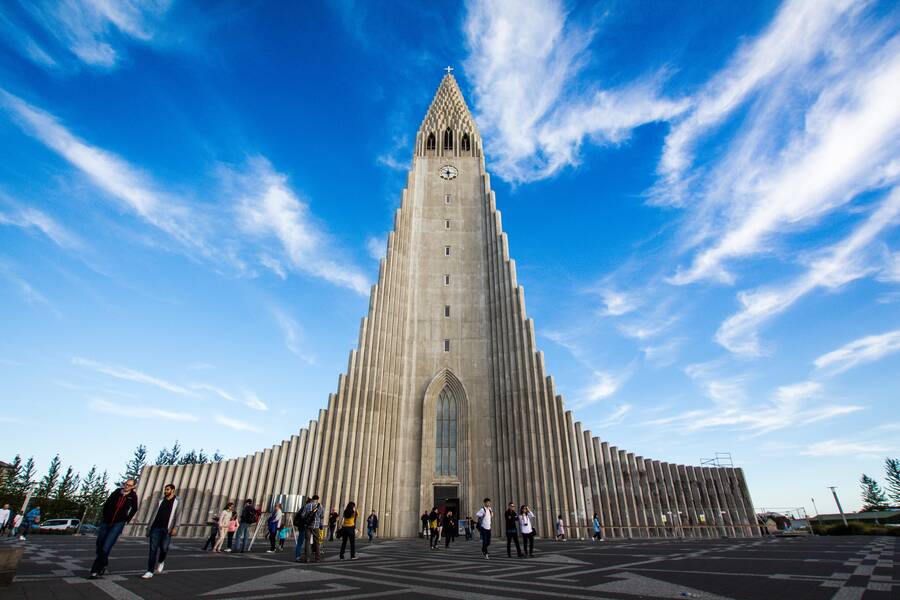
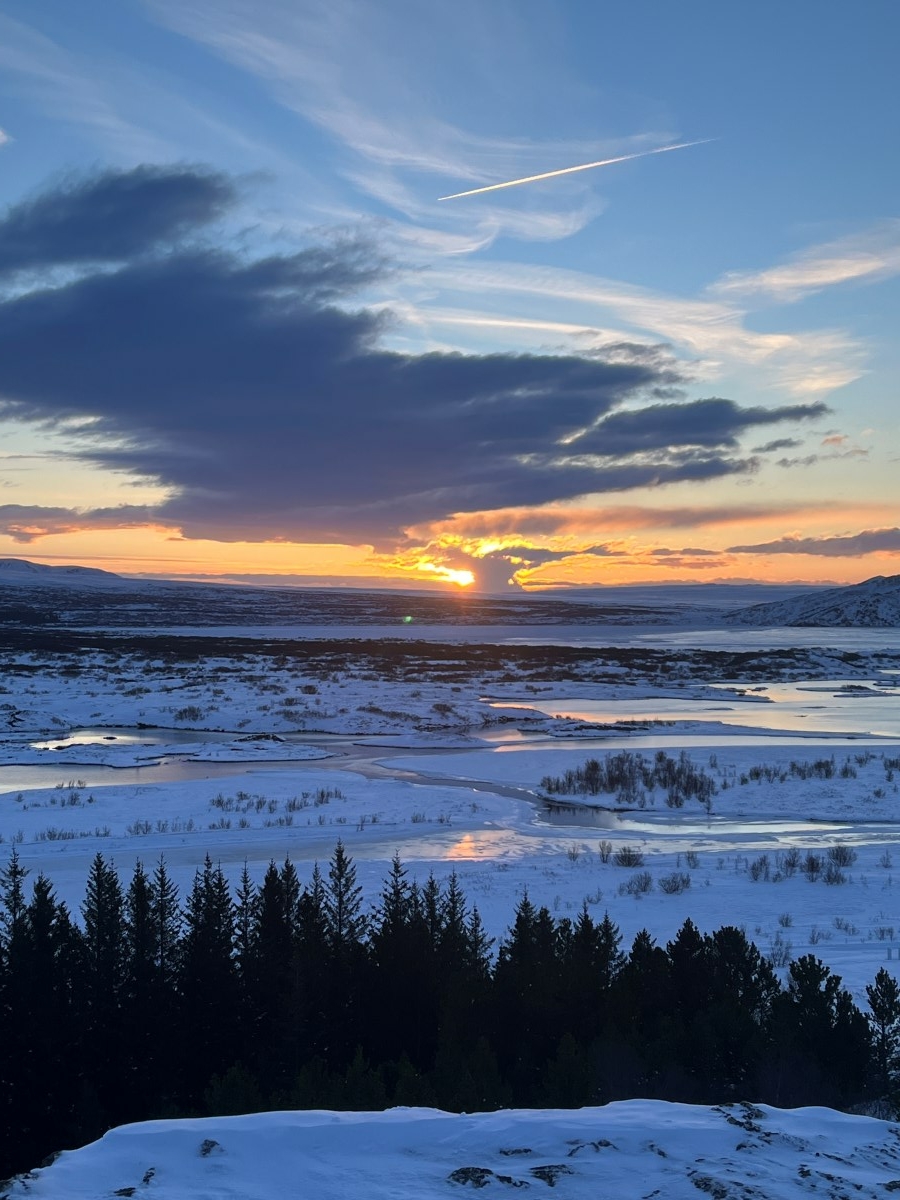

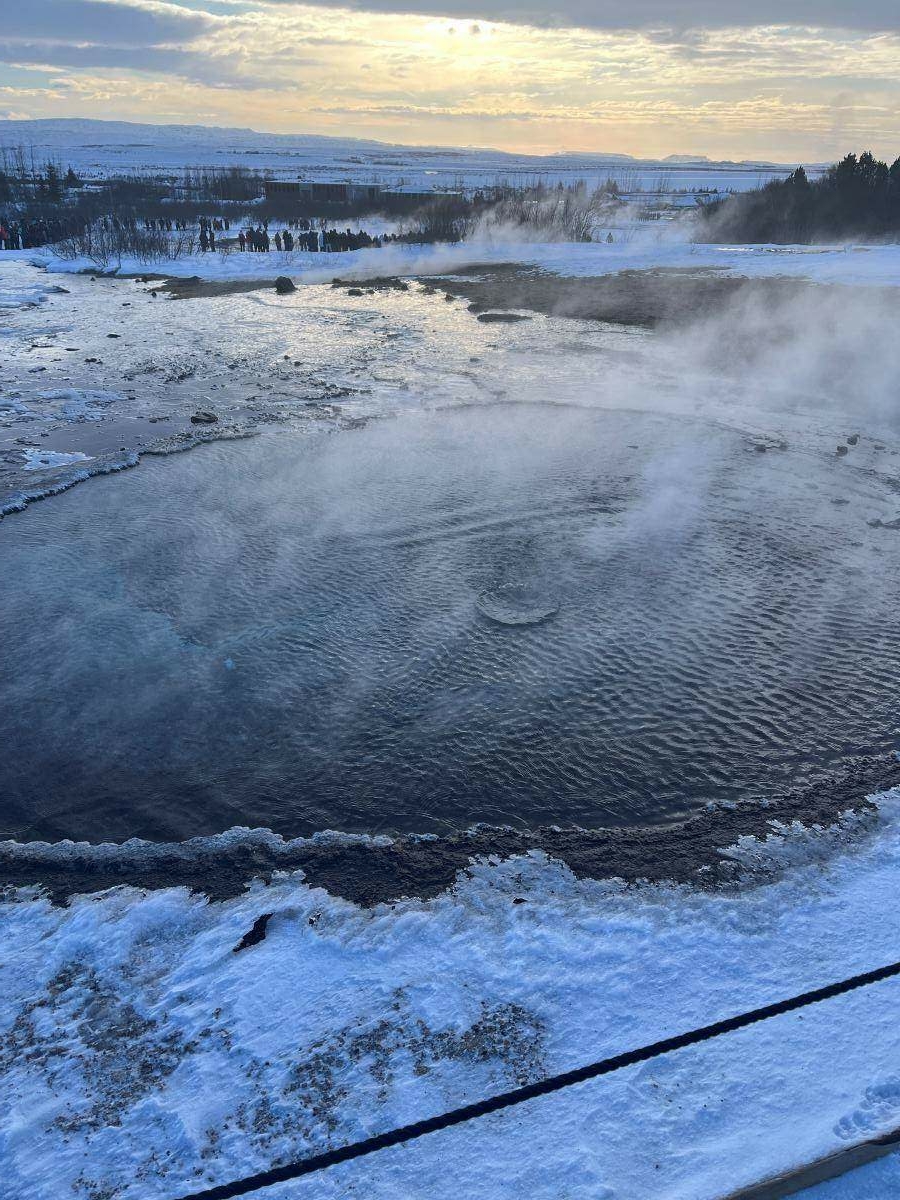
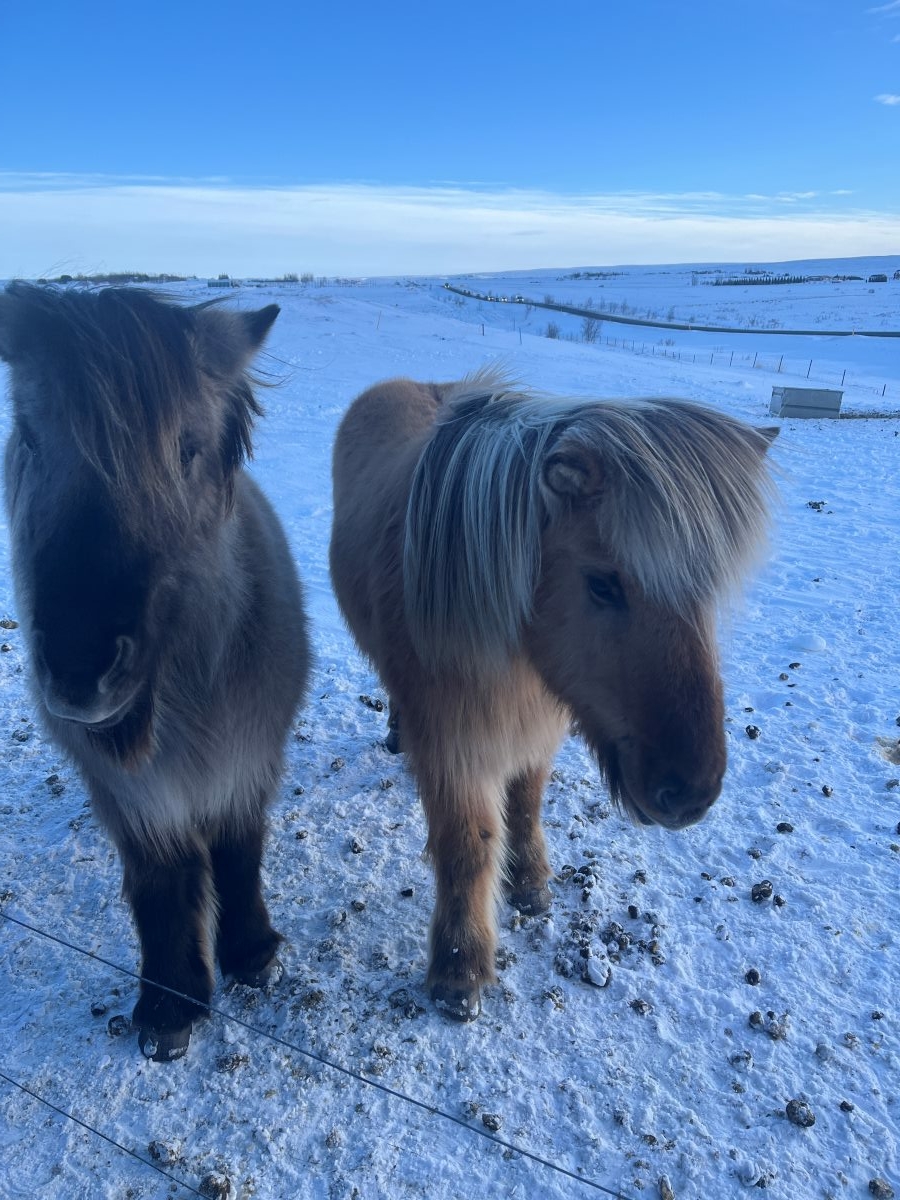
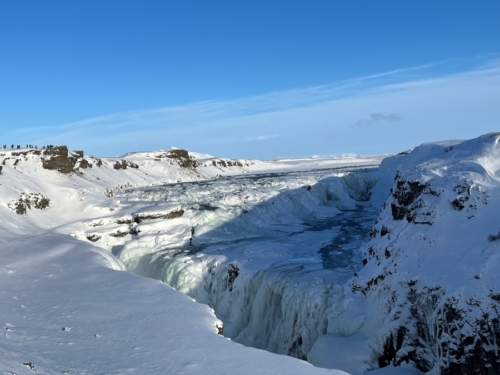
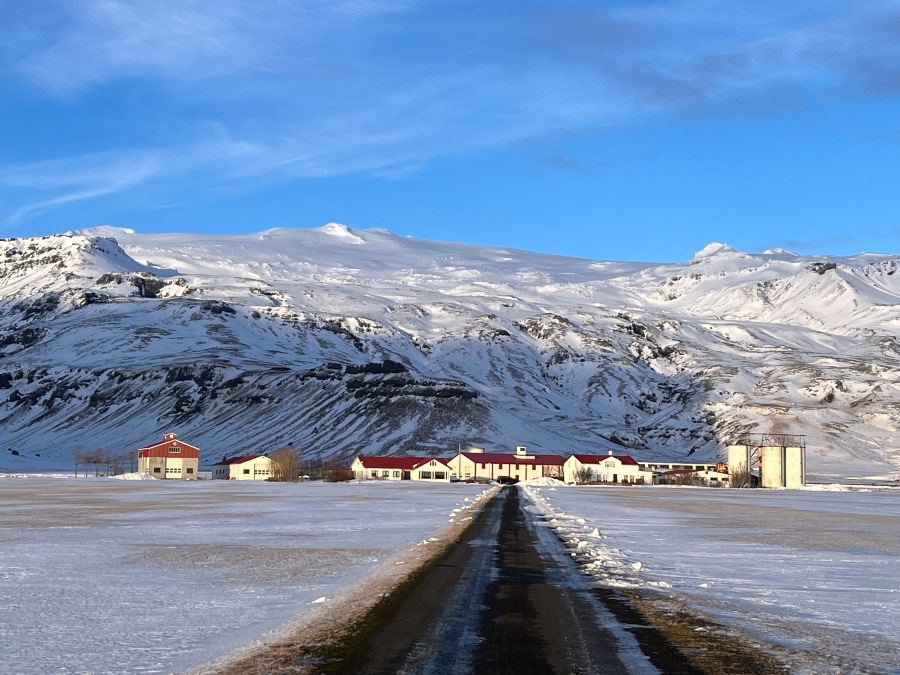
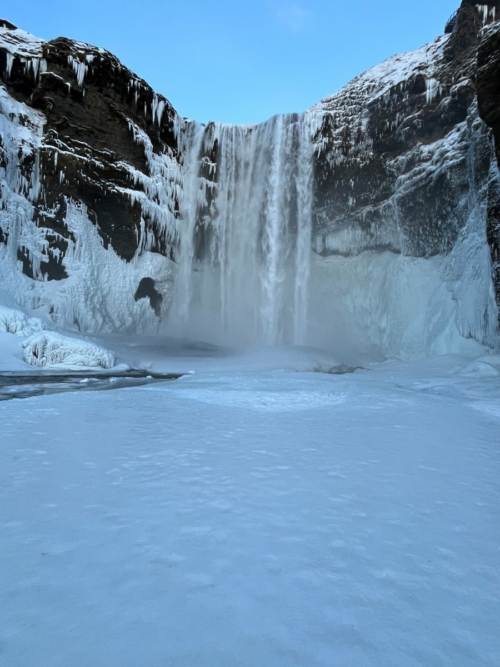
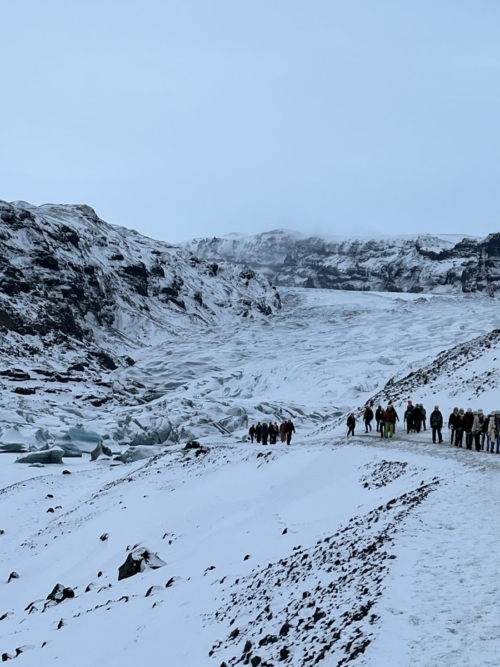
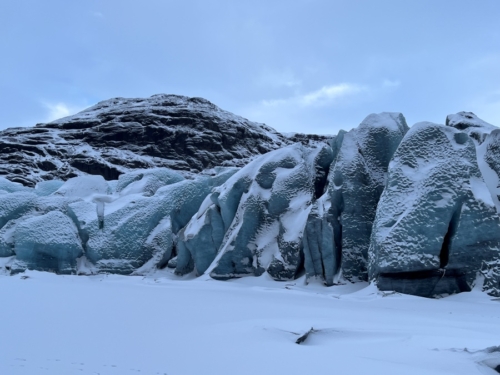
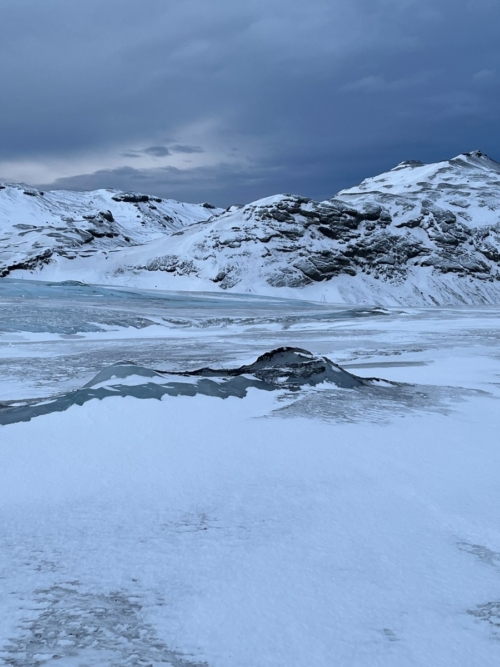
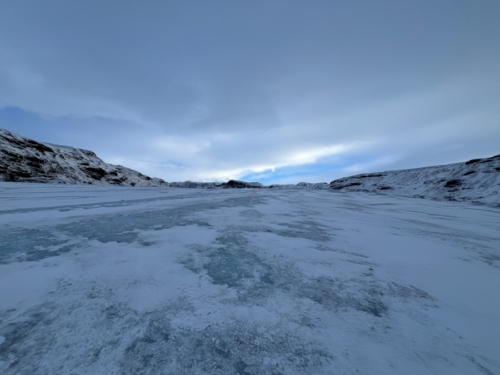
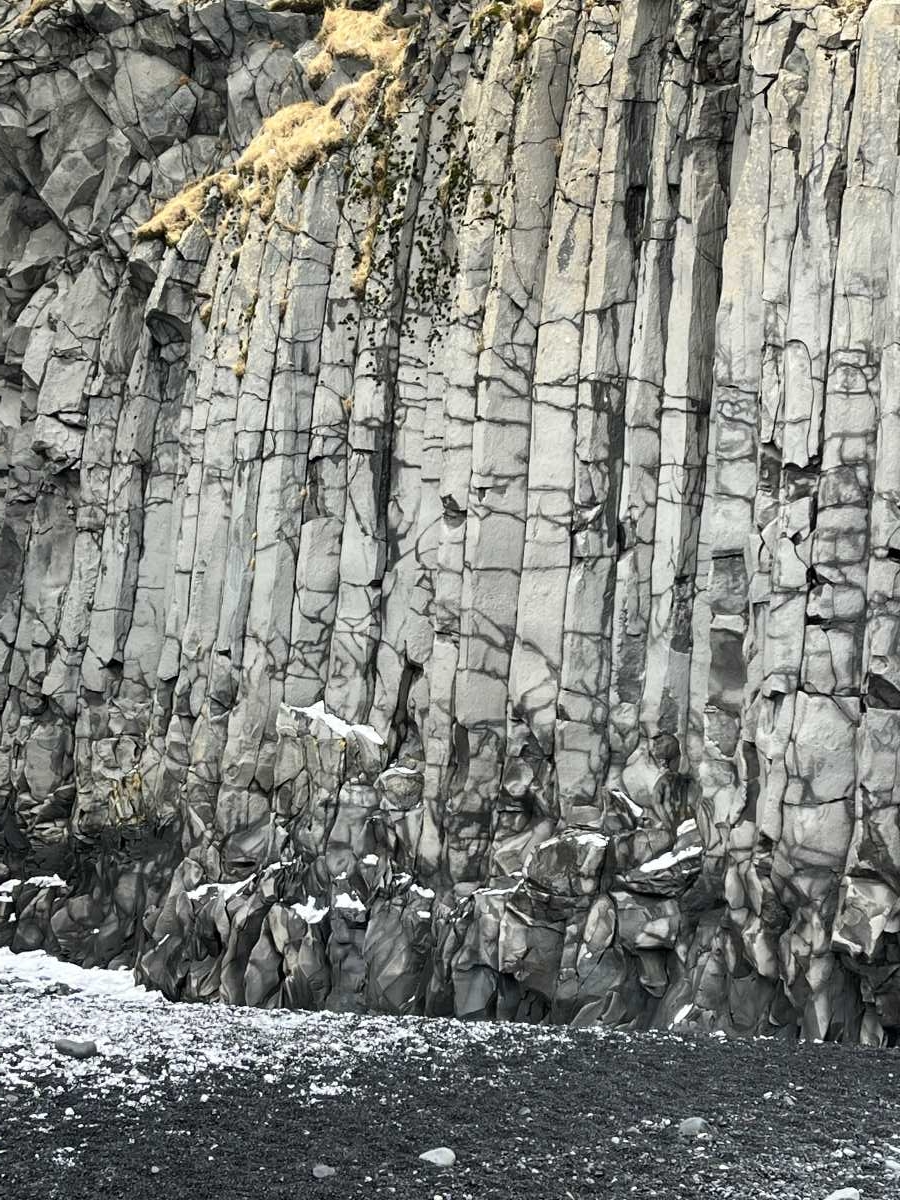
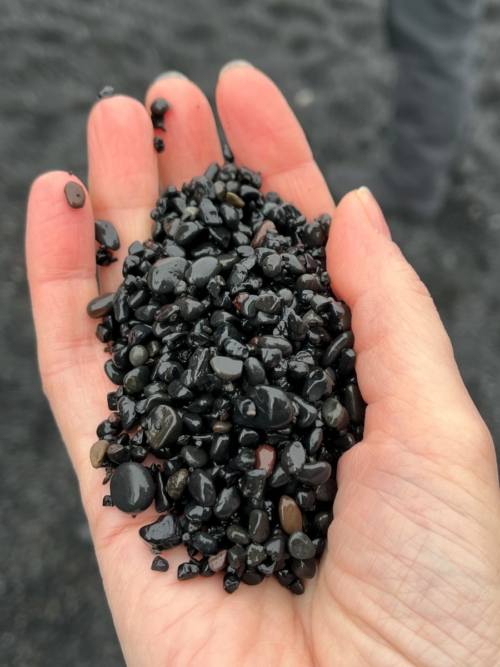

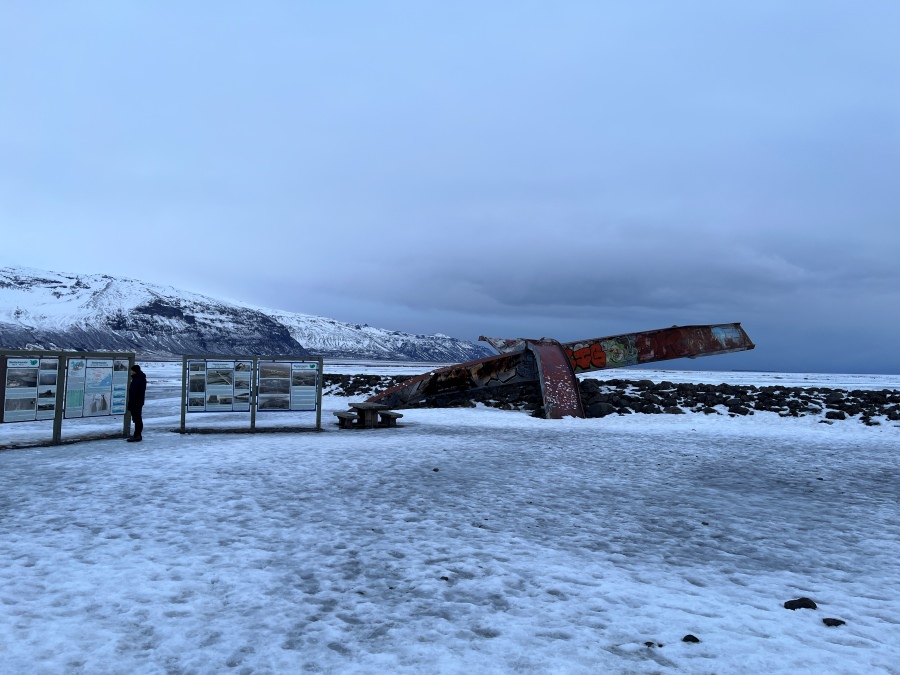
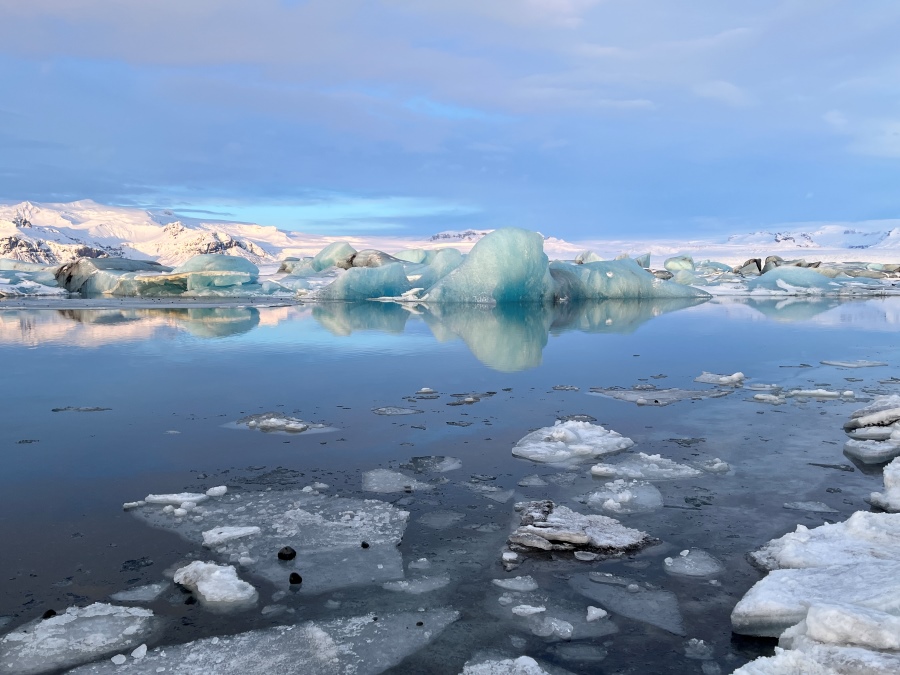
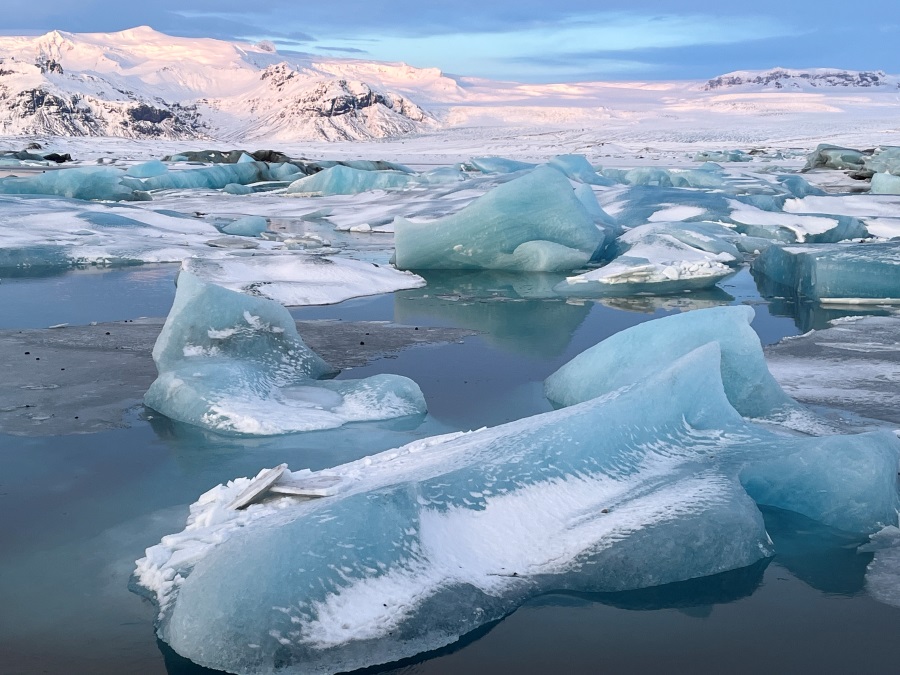
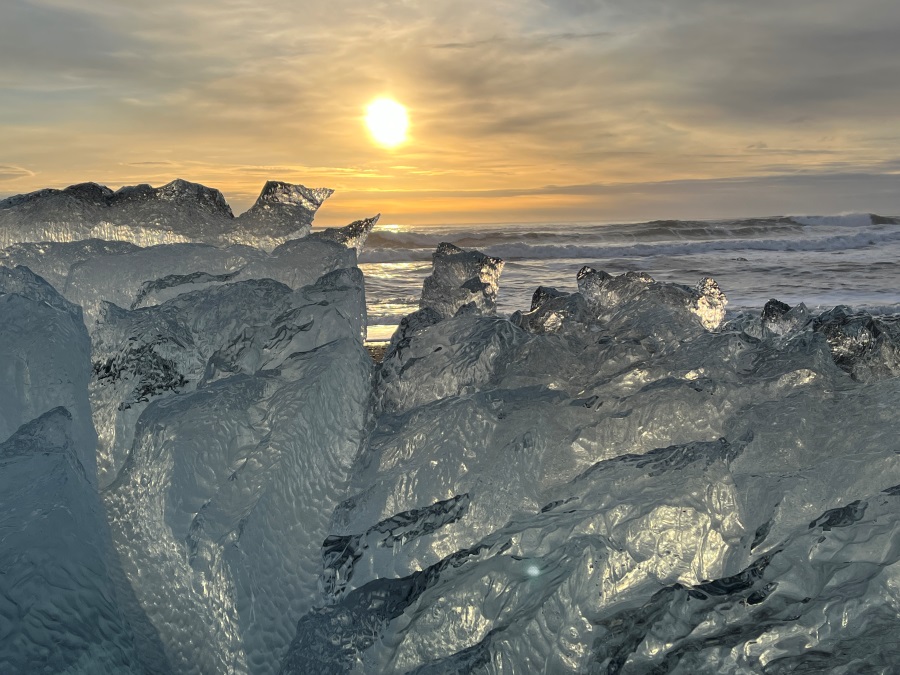
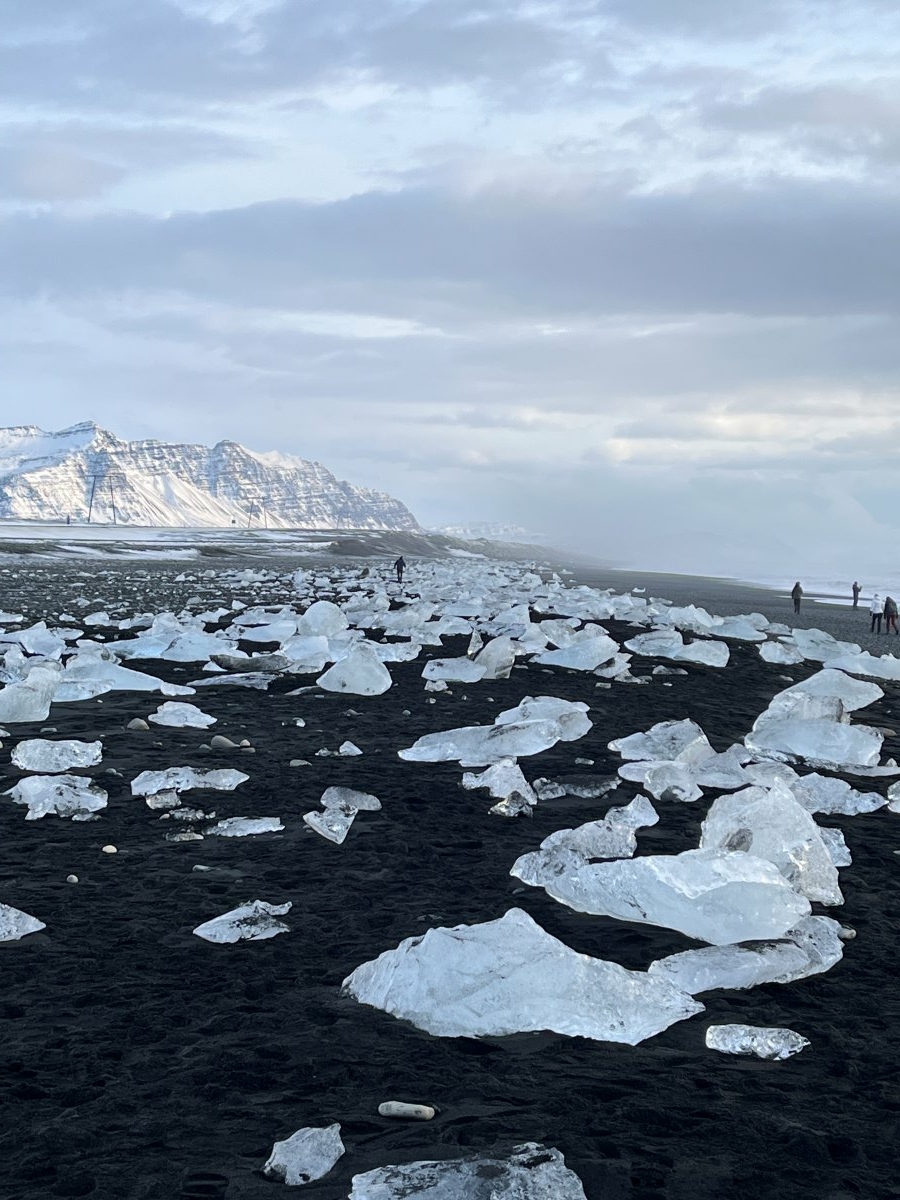
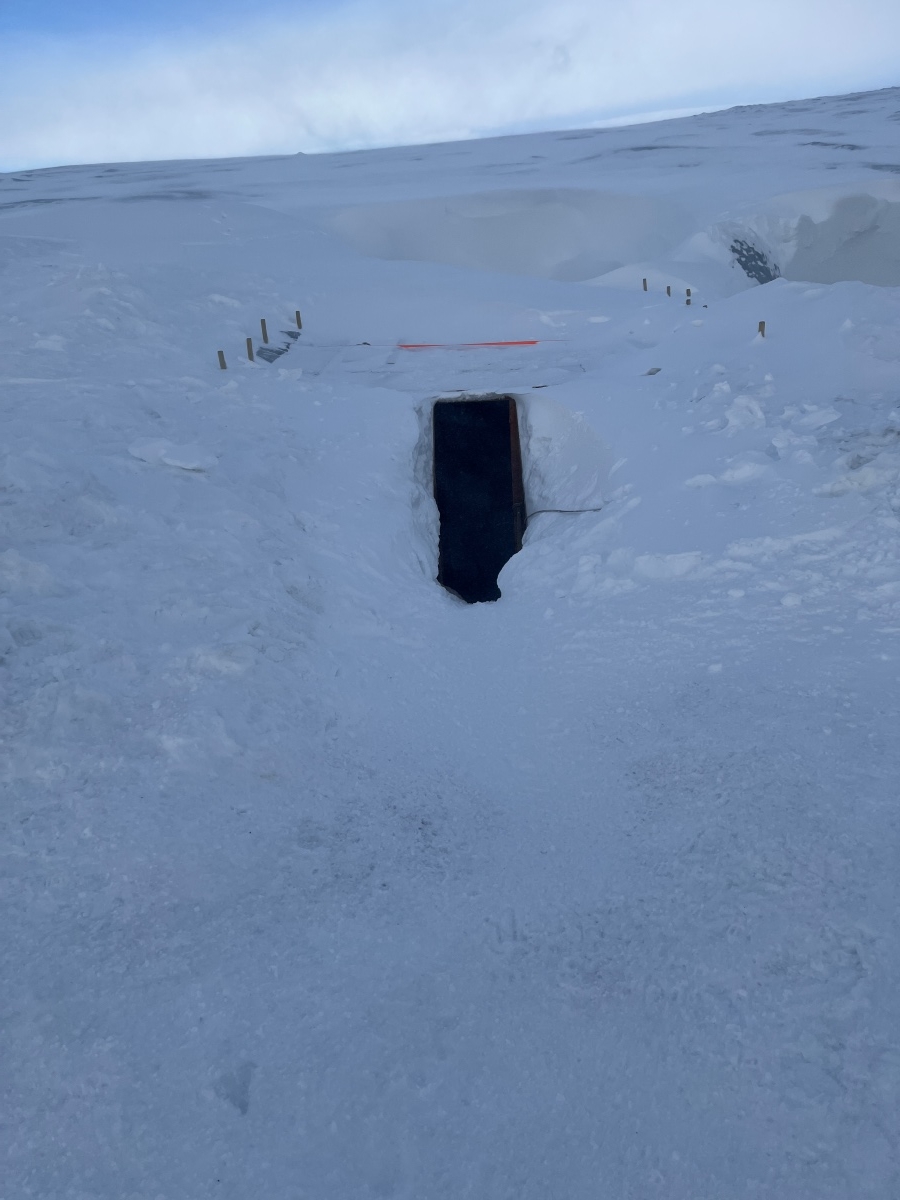
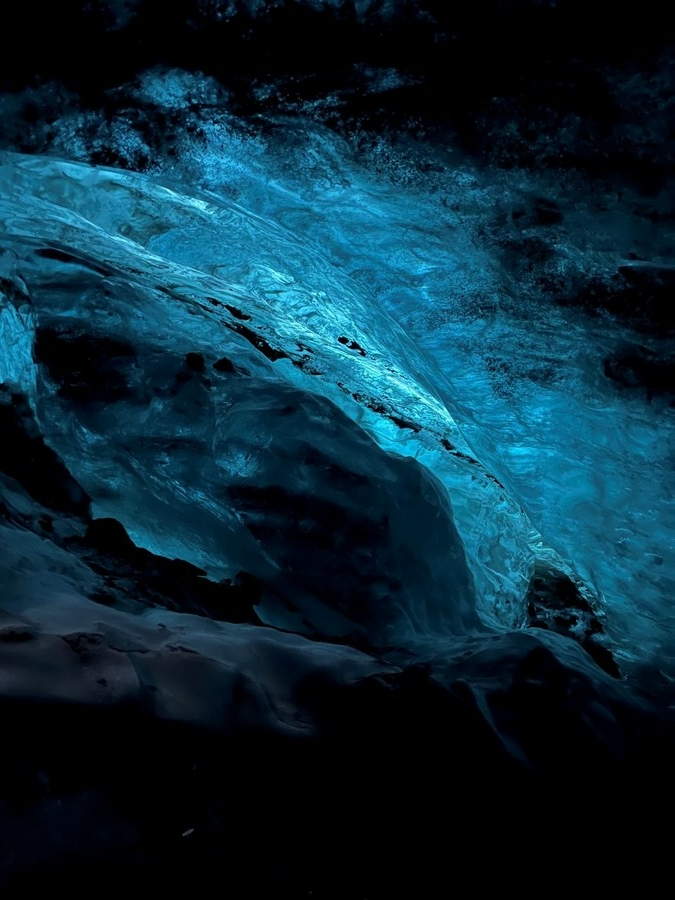
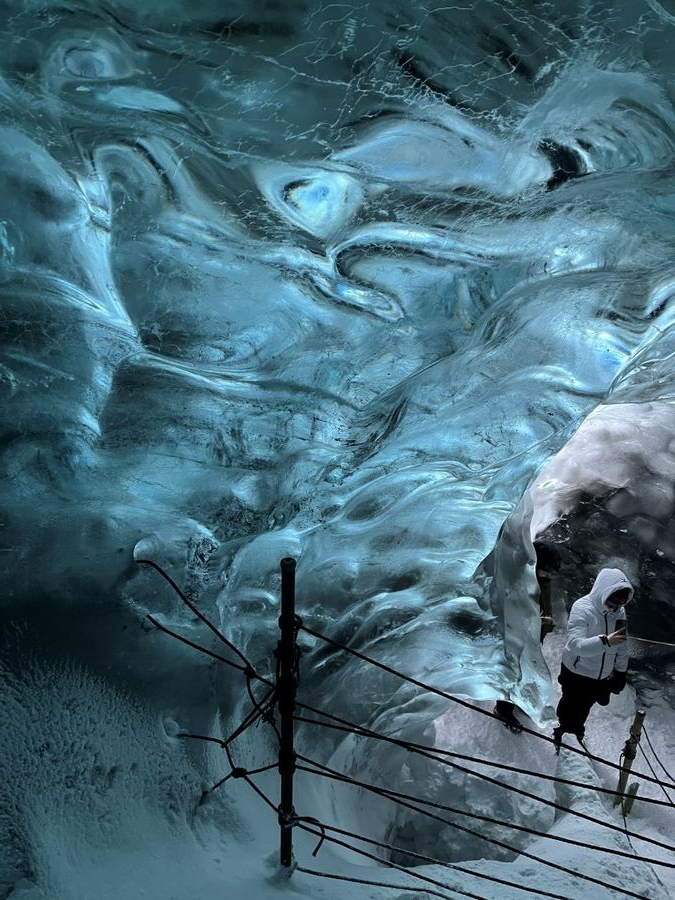
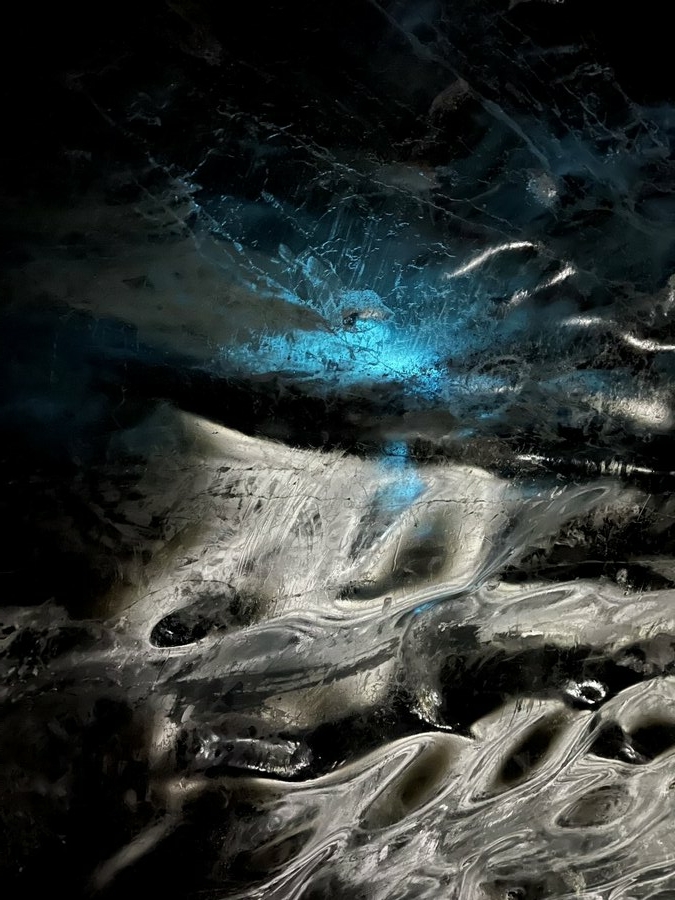

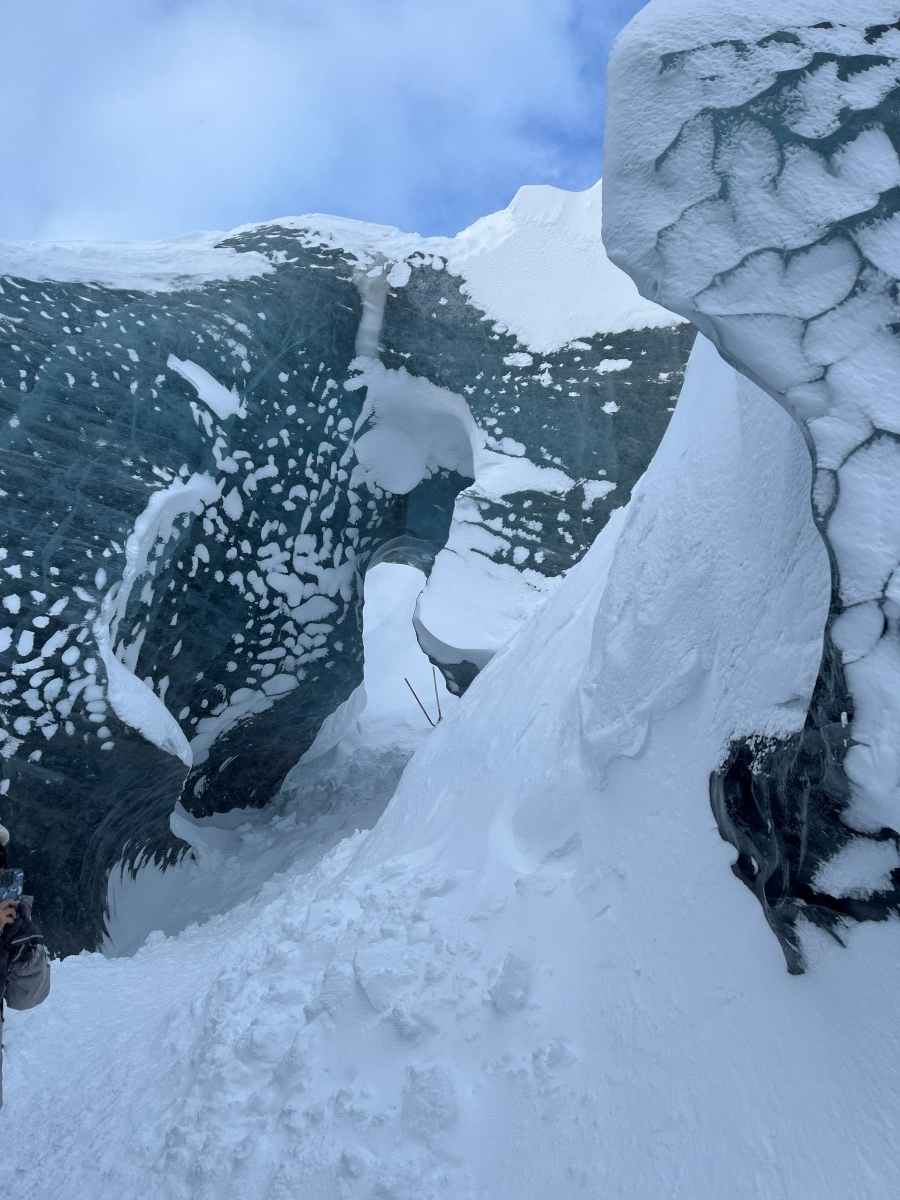
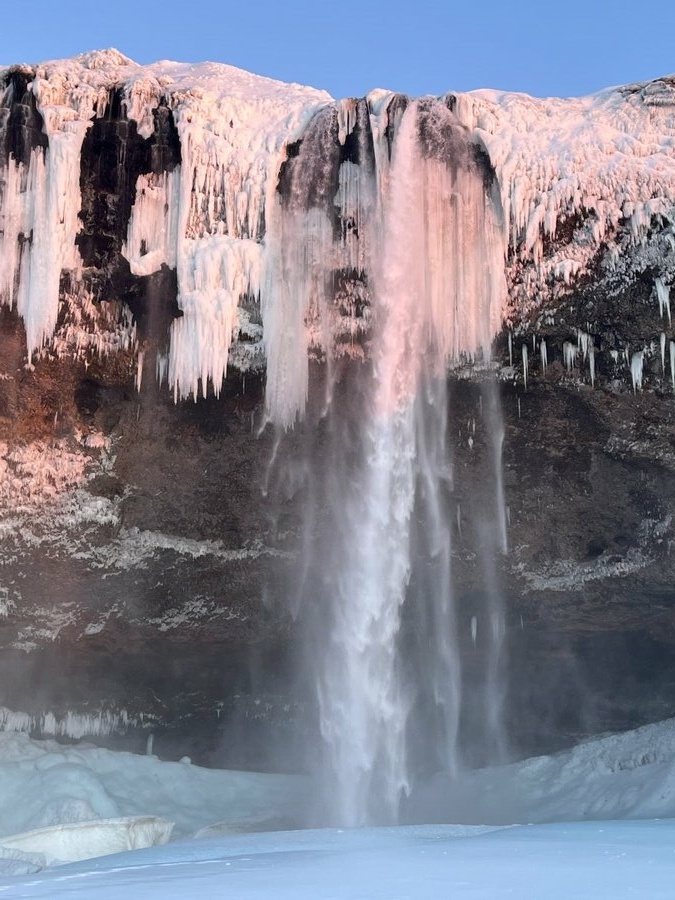
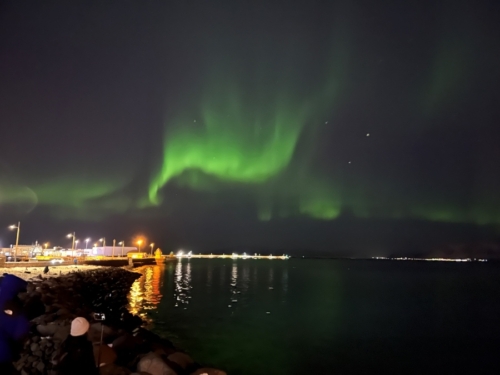
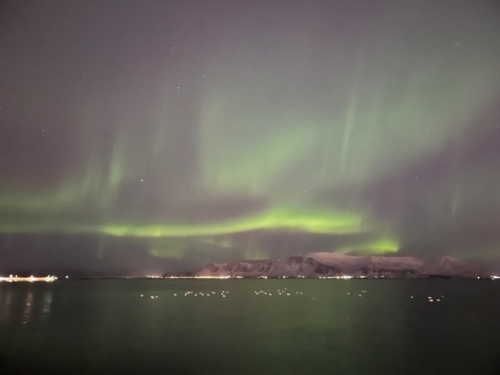
 Rob
Rob 





Comments (67)